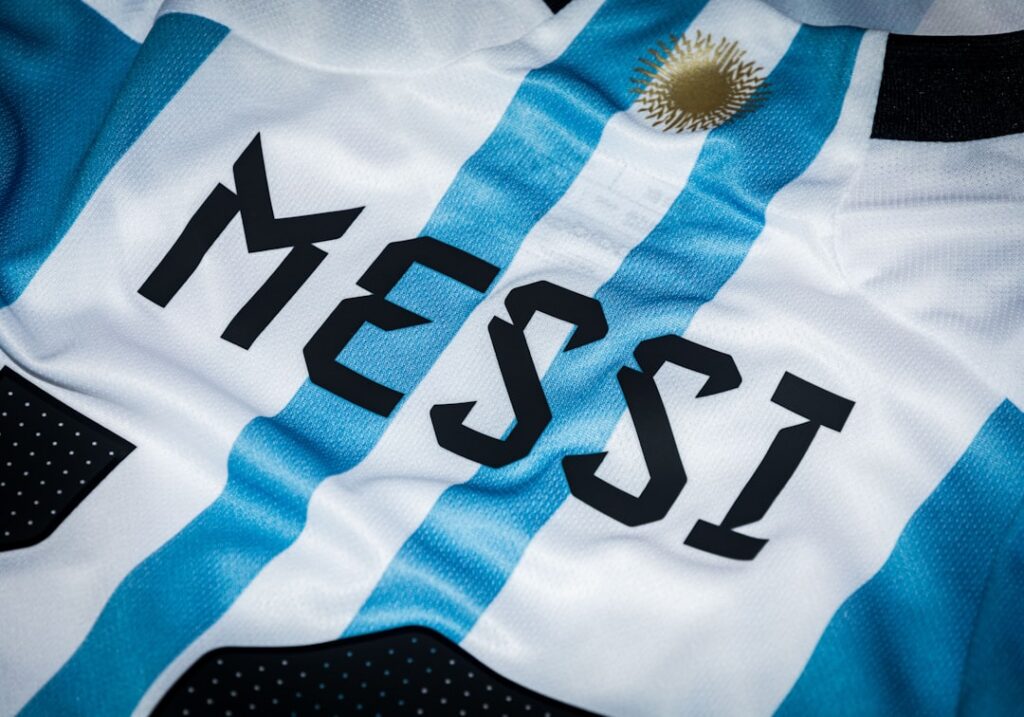
As the excitement for the World Cup 2026 builds, it is the perfect time to use the beautiful game as a platform for teaching kids about global cultures. Football transcends borders, making it a universal language spoken in lively stadiums and barren fields alike. With events like the World Cup, where countries from all over the world come together, there’s no better avenue to introduce young minds to the rich diversity that our planet offers.
The World Cup: A Cultural Extravaganza
The World Cup is more than just a competition; it is a celebration of cultures. Every four years, nations showcase not only their football prowess but also their unique traditions, music, and even culinary delights. Imagine the World Cup as an international festival where, for a brief moment in time, the world becomes one community.
Learning Through Players and Teams
One of the most engaging ways to teach kids about different cultures is through the stories of players and teams. Take Lionel Messi, a beloved figure not just in Argentina but around the globe. His journey inspires discussions about South American football culture, the passion it ignites, and Buenos Aires’s vibrant life.
- Encourage kids to research their favorite players’ backgrounds. Where do they come from? What cultural influences have shaped them?
- Explore different teams’ playing styles, like Brazil’s flair or Italy’s defensive tactics, and discuss how their cultures might influence these strategies.
Using Football to Introduce Geography and History
Football provides a dynamic way to introduce kids to geography and history. When a kid hears about South Korea’s impressive run in the 2002 World Cup, it can spark curiosity about the country’s location, its history, and its technological advances.
You can create engaging activities like:
- Drawing maps to track the national teams’ journeys in World Cup history.
- Creating timelines of historical matches and their impact on the host nations.
Connecting Through Cultural Elements
Each World Cup presents a fantastic opportunity to dive into the cultures of the hosting and participating countries. For instance, the 2026 World Cup, jointly hosted by the US, Canada, and Mexico, offers a unique blend of cultures to explore. From the rich traditions of Mexican cuisine to Canadian multicultural festivals, the possibilities are endless.
Here are a few activities to consider:
- Organize themed dinners featuring traditional dishes from various countries in the tournament.
- Listen to music from around the world, exploring how soccer anthems reflect cultural pride.
Football as a Tool for Social Understanding
Football also provides a lens through which children can understand global social issues. Discussing stories such as Marcus Rashford’s activism for child hunger relief in the UK can introduce topics of social responsibility and empathy.
By highlighting how players use their platforms for positive change, kids can learn about social justice and the importance of community service on a global scale.
Conclusion: Beyond the Game
Football is an unparalleled vehicle for cultural education, bringing the world to your child’s doorstep. With the World Cup as a backdrop, there are countless ways to explore, learn, and embrace global cultures through this universal sport.
How else do you think football can serve as a bridge between cultures? Share your thoughts and experiences in the comments below.
Stay updated with all things World Cup 2026 at CupVibes.com, where we celebrate not just the game, but the vibrant cultures it brings together.


